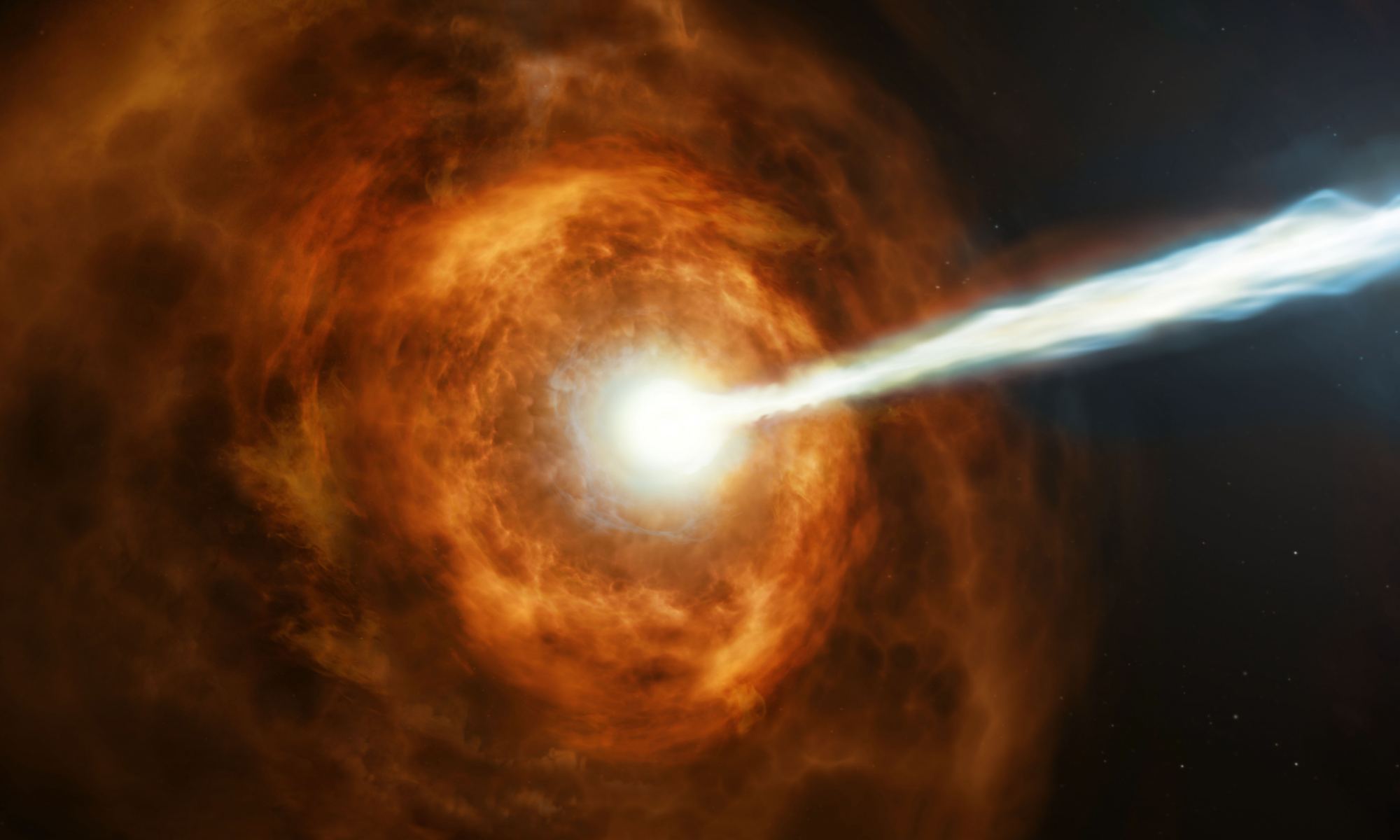The temperature of the Sun’s corona is a minimum of 100 times hotter than the Sun’s surface, despite the corona being far less dense and extending millions of miles from the Sun’s surface, as well. But why is this? Now, a recent study published in The Astrophysical Journal could eliminate a longstanding hypothesis regarding the processes responsible for the corona’s extreme heat, which could help them better understand the Sun’s internal processes. This study holds the potential to help scientists gain greater insight into the formation and evolution of our Sun, which could lead to better understanding stars throughout the universe, as well.
Continue reading “Why is the Sun’s Corona So Hot? One Hypothesis Down, Many to Go”Why is the Sun’s Corona So Hot? One Hypothesis Down, Many to Go










